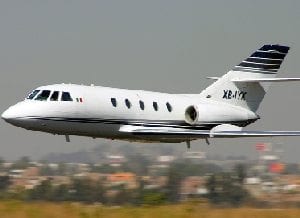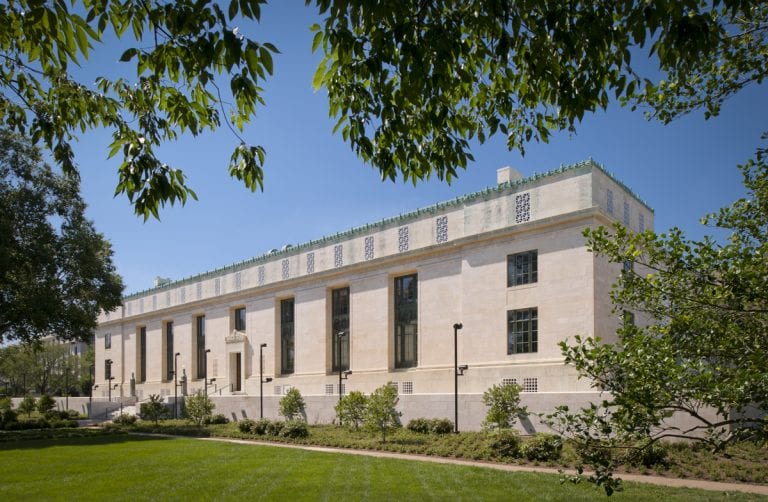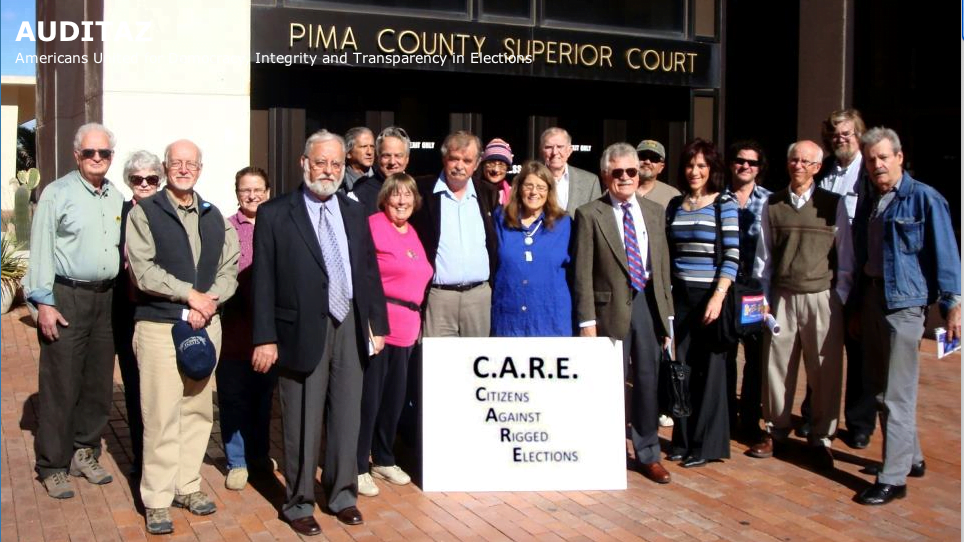A DC-9 painted to impersonate a U.S. government plane, made an emergency landing in-route from Venezuala to the USA and was found to be containing over 5 tonnes of cocaine. DEA says no harm, no foul. The pilot “disappeared”, unnamed, and the plane was de-registered and sold within days to an unknown customer in Venezuela.
Official Narrative:
The DEA used the event to suggest the success of their campaign to intercept smuggling by sea. A Wikipedia article was created 9 days after the event, nominated for speedy deletion less than 4 months later, but not deleted. The Wikipedia talk page notes that “most of the mainstream media sources on this story have removed the stories for some reason”, so the official narrative would seem to be more or less that this didn’t happen, or, as a senior editor once said about the BBC’s premature report of the collapse of a skyscraper in New York: “If we reported [it], it would have been an error – no more than that.”
What Really Happened:
The aircraft departed Simón Bolívar International Airport in Caracas, Venezuela on the afternoon of April 10, 2006. It was painted with the distinctive blue and white color scheme of official U.S. Government planes, with an official-looking seal painted on its side, announcing “SKY WAY AIRCRAFT – PROTECTION OF AMERICA’S SKIES”, with a familiar eagle and olive branch motif. The DC-9 was preceded by a smaller executive jet, possibly a Falcon business jet of Mexican registry (XB-IYK).
The plane, which had no passengers, was loaded with 5.5 tons of cocaine packed in 128 pieces black suitcases with the word “PRIVATE” stenciled on the side. Approximately 1.5 hours into the flight, it reportedly returned to the airport and refueled before resuming its flight to Toluca, Mexico.
At some time into the flight they made an emergency landing at the Ciudad del Carmen airport, 350 miles to the southwest of Cancun claiming hydraulic problems with the landing gear. The flight crew told the ground crew to keep people away from the aircraft, claiming leaking oil could be hazardous and that a tire could explode. The pilot reportedly left the area at this time and was never caught or identified. One source names the official pilot as “Alberto Damiani”, but notes that he was not flying the plane. The co-pilot was named as Miguel Vázquez Guerra, aged 47, a citizen of Venezuela.
The Director of Civil Aviation in the Yucatan, Jose Luis Soladana Ortiz was assassinated on his way to work, the same day that three tortured bodies were discovered alongside a road near the Merida airport. Martin Gomez Soto, a traffic controller at Cancun International Airport, was abducted and is presumed dead.
The U.S. Department of Homeland Security reportedly interviewed Frederick Geffon about the cocaine found on board, but no charges were made. Pleading ignorance, Geffon stated that “I just chalked it all up to a bad experience”. Daniel Hopsicker asserts that “Geffon back-dated sales documents and then had them faxed to the FAA several days after his DC9 was already in the news for the big bust”. He also suggested that the bust was responsible for Porter Goss’ resignation as CIA Director.
Mexican soldiers carried out the bust after dogs had identified the presence of drugs. They ignored airport officials’ efforts to stop them from approaching the plane, and their claim that there was an oil leak and that it might explode. They arrested the co-pilot, Carmelo Vasquez Guerra, who had been arrested and released in three separate countries—Mexico, Guinea Bissau, and Mali—before and put him (at least temporarily) behind bars.
The man in charge of bringing the 5.5 tons of cocaine north in one fell swoop was identified by investigators as “Raul Jimenez Alfaro. Turns out, that’s not his real name. When cartel kingpin Jimenez Alfaro was convicted on unrelated drug charges (in 2011) in a Federal Court in Miami, according to investigative reporter Joseph Poliszuk at El Universal in Caracas, his role in running the massive 5.5 ton drug move, which eventually brought down America’s 4th largest bank (Wachovia), went undisclosed, and remained secret. Thus ended the indifferently-motivated but highly secretive US investigation, which concluded that the finger of blame in the scandal should point to Venezuela, to Colombia, and to Mexico. The finger of blame should point to, in other words, anywhere but here.
The 2011 trial was of a man who had used the alias Raul Jimenez Alfaro. His name, as listed on the indictment, was Luis Fernando Bertulucci Castillo. Turns out, that’s not his real name either. He was busted along with 34 others in something the DEA, FBI & ICE were calling “Operation Seven Trumpets,” presumably a reference to the seven trumpets which sound as the cue for the Apocalypse, according to the Book of Revelations.
The man with a deliberately foggy past is a 52-year old Mexican commercial pilot of Italian ancestry, whose Sinaloa cartel nicknames are “El Capitan” and “The King.” His real name (he says) is Fernando Blengio-Cesena. He has also gone by Fernando Blengio Cesena; Luis Fernando Bertulucci; Fernando Bertulucci Castillo; Fernando Blengio Cesena Bertulucci; and Luis Fernando Castillo.
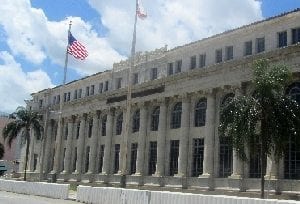 It was one of those “only in Miami moments” encountered every so often in judicial proceedings involving drug trafficking in South Florida.
It was one of those “only in Miami moments” encountered every so often in judicial proceedings involving drug trafficking in South Florida.
In a hearing before District Court Judge Patricia Seitz, Raul, or rather Fernando, modestly admitted to having three aliases. Courthouse observers suggest that if he’s admitting to three, he probably forgetting another half-dozen. While Assistant US Attorney Andrea Hoffman looked on, Fernando Blengio admitted using the alias “Raul Jimenez Alfaro” before a Federal Judge.
The admission elicited no comment from either. From court transcripts:
JUDGE: How many aliases do you have?
A. The truth, besides the other one, Luis Antonio Ortega Sandoval. With the other aliases that I had I was also flying, and I had the license, and I was also doing commercial jobs, executive flights, charters and aerial ambulance flights.
JUDGE: Under the Bertulucci name?
FERNANDO: Well, unfortunately also under the name of Raul Jimenez Alfaro.
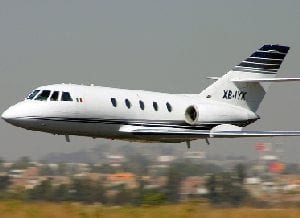 Why “unfortunately?’ Fernando is not asked. But observant reporter Poliszyk noted that this was an admission that he was the man who had helmed the drug operation moving 5.5 tons of cocaine from Colombia to the US.
Why “unfortunately?’ Fernando is not asked. But observant reporter Poliszyk noted that this was an admission that he was the man who had helmed the drug operation moving 5.5 tons of cocaine from Colombia to the US.
As Raul Jimenez Alfaro, he had coordinated bribes to Mexican officials at three regional airports which were receiving deliveries of part of the 5.5 ton cocaine load went unmentioned.
He also owned the Falcon business jet which had mysteriously flown to the Yucatan to meet the DC-9 at the airport in Ciudad del Carmen in the Yucatan. The Falcon was under contract to the Mexican Water Commission, which was run by the former head of Coca Cola de Mexico, a long-time crony of Mexican President Vicente Fox. None of this came to light at his sentencing. The two pilots were Fernando and Marco Antonio Pérez Garcia, both employees of the National Water Commission of Mexico. They reportedly attempted to pay for the DC-9 to make an emergency landing after the airport closed. They were arrested, and the latter (associated with another doomed drug flight, N987SA) supposedly hung himself “with his socks” in the maximum security Altiplano prison facility outside Mexico City.
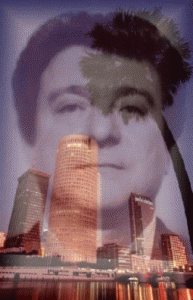 Fernando was sentenced to 13 years in prison. His light sentence was a reward for serving as an informant for the Assistant US Attorney in charge of his case, Andrea Hoffman, who prosecutes many of Miami’s big-time drug cases, including all those from Colombia.
Fernando was sentenced to 13 years in prison. His light sentence was a reward for serving as an informant for the Assistant US Attorney in charge of his case, Andrea Hoffman, who prosecutes many of Miami’s big-time drug cases, including all those from Colombia.
Yet Hoffman must have known of the role he had played in the 5.5 ton DC-9 saga, because she had also been involved in the prosecution of Mexican currency exchange Casa de Cambio, which laundered the money used to purchase the DC-9, investigators determined, through Wachovia Bank.
Why would Hoffman keep information on Fernando’s past exploits secret? Was her job, in part, keeping the U.S.’s dirty drug dealings secret—not from drug cartels, who presumably know all about them—but from American citizens?
Assistant US Attorney Andrea Hoffman, in fact, has secrets of her own which may offer an answer. For example, this is not the first time she has faced questioning while serving as lead prosecutor over her conduct in a criminal case. Hoffman has been accused or faced sanctions for withholding crucial information from the defense in felony drug trafficking cases on at least several other occasions.
Because of recent miscues, two of Fernando’s “associates” from Colombia—who might have been expected to spend a decade or more in prison—will soon be heading home. John Winer and Jose Buitrago were accused of conspiring with drug traffickers from Colombia to secure airplanes for the purpose of transporting drugs, basically the same thing Fernando was charged with. Lawyers for the two, from the office of the Federal Public Defender of the Southern District of Florida, asked prosecutors to turn over records of payments from the DEA to officers who investigated their client.
The men’s attorney’s suspected that Colombian police officials had been paid to implicate them. The prosecution was ethically and legally bound to turn the information over to the defense. But Andrea Hoffman insisted that no payments were made to Colombian law enforcement. That was contradicted by the first witness, an officer from the Colombian police, as well as a DEA agent, who testified that Hoffman knew about the payments. Over the course of three years, 11 members of Colombian law enforcement received payments of $200 per month from the U.S.
Nobody thought the error had been an innocent mistake. The judge said she was “personally frustrated and disappointed” at Hoffman and did not believe the prosecutor’s claims that she had not been aware of the payments at the start of the trial. “I think the United States was aware that Colombian police officers, in the course and scope of their duties, received payment,” she said at a hearing last month. “I think they were aware of it and for whatever reason, did not disclose that to defense counsel.”
Hoffman was suspected of other examples of deception, even more egregious. “2 FEDERAL PROSECUTORS CONDEMNED” read the headline in the South Florida Sun – Sentinel. In another case, after two prosecution witnesses secretly recorded their phone conversations with the defense team, with approval from prosecutor Hoffman, U.S. District Judge Alan Gold ordered the U.S. government to pay sanctions topping $600,000 to the defense. Calling the actions of Andrea Hoffman “profoundly disturbing,” Gold grilled the government team at a two-day hearing to determine whether the U.S. government should pay part of the defense’s legal fees.
Then, in a harshly-worded order, he wrote that the “win-at-any-cost behavior” of federal prosecutors Andrea Hoffman and Sean Cronin raised “troubling issues about the integrity of those who wield enormous power over the people they prosecute.”
Fernando Blengio-Cesena was a trusted lieutenant of cartel boss Shorty Guzman. The criminal network which Federal authorities in Mexico and the US claim to have dismantled is part of the Sinaloa Cartel. Today the Sinaloa Cartel serves as the DEA’s all purpose drug cartel bogeyman. There are reasons to be skeptical of the truth of the claim, or whether, if true, it is telling anything like the whole story. Consider the criminal network’s leaders: Fernando Blengio-Casena, of obvious Italian parentage, was born and raised in Mexico, and when arrested was living (he told the judge) in the UK.
Perhaps not coincidentally, Fernando Blengio-Cesena’s brother, Alejandro Blengio Cesena, works for the Federal Police in Mexico. His job? Overseeing the destruction of drugs the government confiscates in drug busts. Another cartel ringleader, Marwan Chebli Chebli, who is Lebanese, was living in the Dominican Republic.
 Then there’s José Antonio Contreras. He’s supposedly from the Dominican Republic, but (see pic) he looks a little too pink to be a native. Here’s a clue: his name (Contreras) is the Spanish spelling of the last name of a notorious Sicilian Mafia family, the Controni’s, that have ruled Montreal’s narcotics underworld since the 1960’s.
Then there’s José Antonio Contreras. He’s supposedly from the Dominican Republic, but (see pic) he looks a little too pink to be a native. Here’s a clue: his name (Contreras) is the Spanish spelling of the last name of a notorious Sicilian Mafia family, the Controni’s, that have ruled Montreal’s narcotics underworld since the 1960’s.
Italian involvement in organized crime predates the Sinaloa Cartel by hundreds of years. And there has been a substantial Lebanese and Syrian presence in the illicit narcotics business for decades. There are several Lebanese, and Syrian drug kingpins in Mexico, for example, whose names are well-known in Mexico.
The demonizing of the Sinaloa Cartel serves a purpose. Consider what happened to the Medellin Cartel. Long before it became Public Enemy No 1., the Medellin Cartel had played the same role, as the DEA’s bogeyman, during the 70’s and 80’s, when they were responsible, according to the DEA, for 75% of the cocaine flooding American streets.
Yet when the last Medellin cartel kingpin still free, Pablo Escobar, was killed in 1992, the amount of cocaine available in the US didn’t drop by 75%. It didn’t drop at all. One year later, cocaine was no more difficult to find on the streets of America than it had been while Escobar was alive.
After Shorty Guzman and the Sinaloa Cartel have been defeated, and are no more than a fading memory, cocaine will be as plentiful and available as it ever was, and will continue to be re-stocked on America’s “shelves” as efficiently as Procter & Gamble replenishes supplies of Crest toothpaste and Charmin bathroom tissue. Andrea Hoffman knows this. You should too.
NOTE#2: The next year a DC-9 full of cocaine crashed in Mexico. When it later transpired that it had been used by the CIA for “rendition” it was dubbed “Cocaine 2” in reference to this earlier CIA plane, which had vanished and was again being used to transport prisoners.
Source: MadCowProdutions; Wikispooks

